In major museums, only a small fraction of the artifacts held by the museum are on display and interpreted for the public. Most of the museum’s artifacts are in vaults where they are available only to researchers. The Los Angeles County Museum of Natural History maintains a Visible Vault in which visitors can view hundreds of archaeological artifacts. The Visible Vault includes archaeological treasures from Ancient Latin America.
About the Maya
According to the Museum display:
“By the year A.D. 250, Classic Maya city-states with planned cities, stone pyramids, elaborate palaces, and administrative structures ruled the area from southern Mexico to Honduras. The Maya developed writing, which they used to document the stories of their ruling dynasties in stone. Classic Maya civilization collapsed long ago, probably due to drought and economic pressures, but Mayan cultural traditions continue into the present day.”
The Maya flourished in the area south of the Valley of Mexico and they reached their peak of urban development during the period which archaeologists call the Classic Period which dates from about 250 CE until about 900 CE. On the Maya calendar, the Classic Period begins in baktun 8 (a baktun is a period of 144,000 days or approximately 400 years) and it ends in baktun 10. The first evidence of Maya kings and dynasties is found at the beginning of the Classic Period.
It was during the Classic Period that Maya had dozens of urban settlements and thousands of smaller settlements. Archaeologists general divide the Classic Period into the Early Classic (250 CE to 600 CE) and Late Classic (600 CE to 900 CE).
The Maya were, of course, an agricultural people who raised maize (corn), beans, squash, and manioc. They had irrigation systems with large reservoirs which allowed them to continue farming during the dry seasons. In his book Elixer: A History of Water and Humankind, Brian Fagan describes the water system at the Maya city of Tikal in what is now Guatemala:
“During the rainy season, freshwater would flow down the steep sides and cascade into strategically places reservoirs. During dry spells, and the rainless months, the rulers would release water through carefully monitored channels into nearby field systems.”
One of the features of most major Maya centers is the ballcourt which functioned as the location for culturally and ritually important games. The ball game was more than just a sporting event, sometimes it was a substitute for warfare. For the Maya, human sacrifice was associated with the ball game, including the sacrifice of the losing team.
Another important feature of Maya culture was the development of an accurate calendar. In an article in Archaeology, Anthony Aveni writes:
“…they were obsessed with sophisticated timekeeping systems. And it is clear from their painted-bark books, or codices, that their astronomers had the capacity to predict celestial events, such as eclipses, accurately.”
The Visible Vault
According to the Museum display:
“We have selected some objects to feature on exhibition-quality mounts, but most of the six hundred items are displayed in storage mounts that use archival materials ideal for long-term storage. The white band around some of the artifacts is unbleached cotton twill tape that is often used to secure objects in case of an earthquake. We invited you to explore the selected highlights of this rich collection while taking a rare look at how these objects are cared for behind the scenes.”
Shown below are some of the Mayan artifacts which are in the Museum’s Visible Vault.
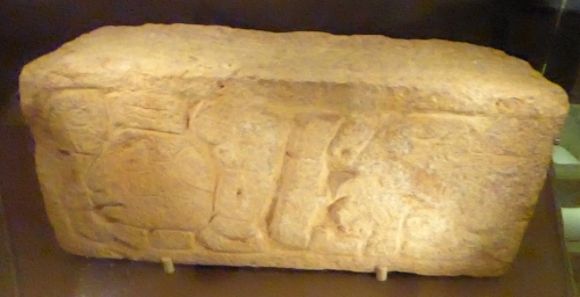 Shown above is a stair block with a glyph meaning “holy lord.” This block was probably surrounding by others that conveyed a full sentence.
Shown above is a stair block with a glyph meaning “holy lord.” This block was probably surrounding by others that conveyed a full sentence.
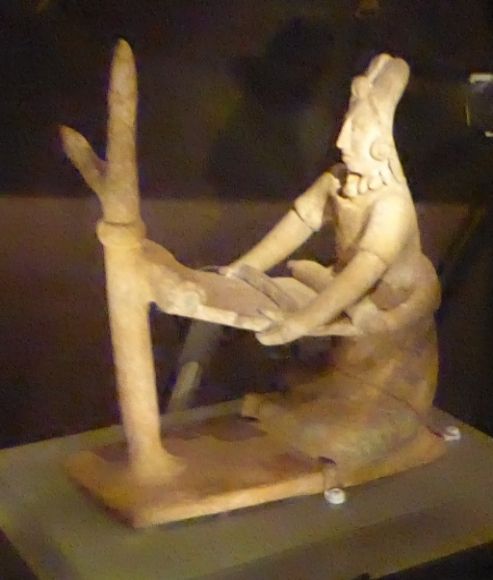 Shown above is a weaver figurine who is using a back-strap loom.
Shown above is a weaver figurine who is using a back-strap loom.
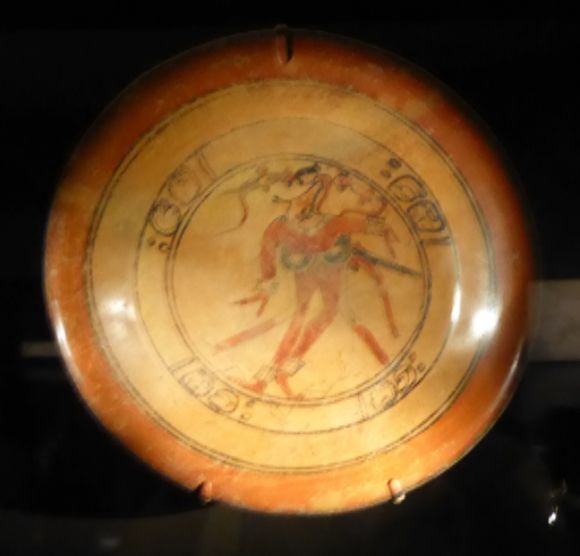 Shown above is a Late Classic plate showing the Maize god performing a dance.
Shown above is a Late Classic plate showing the Maize god performing a dance.
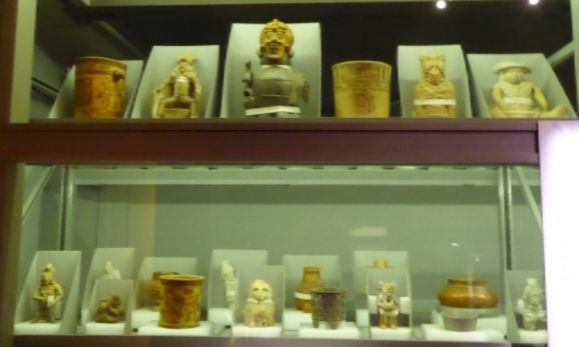
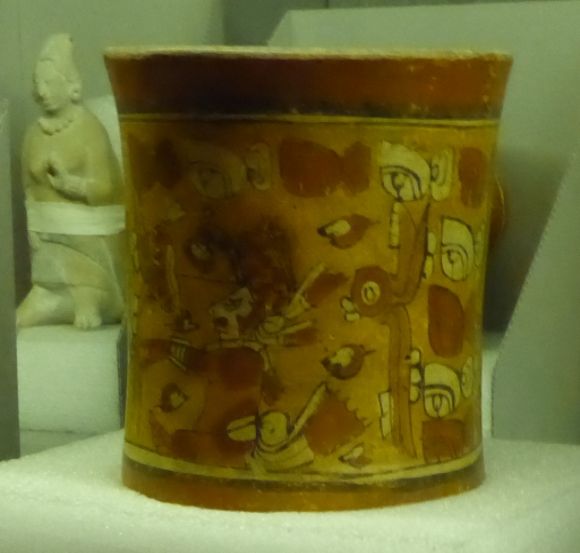
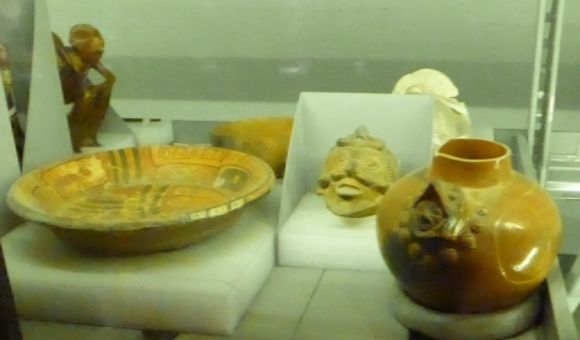
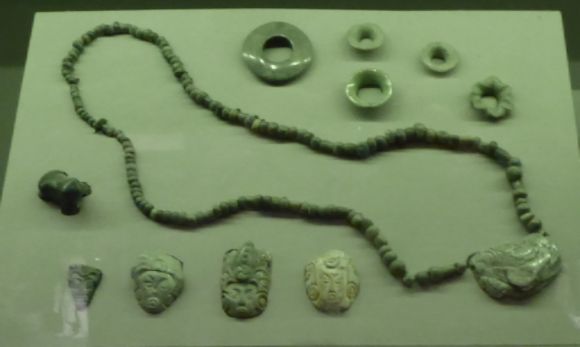
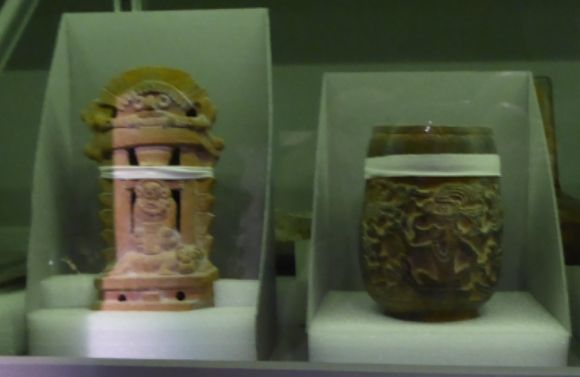
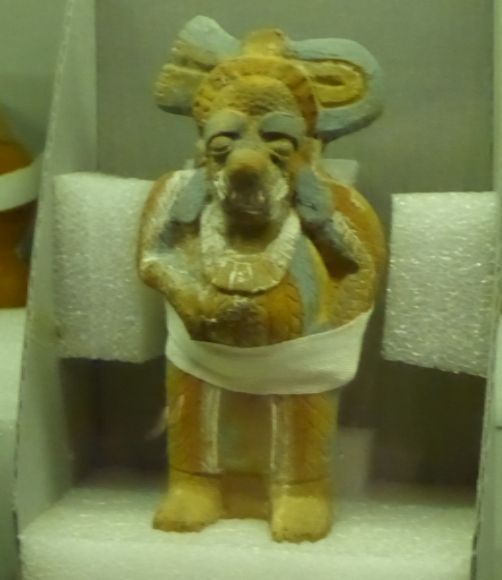
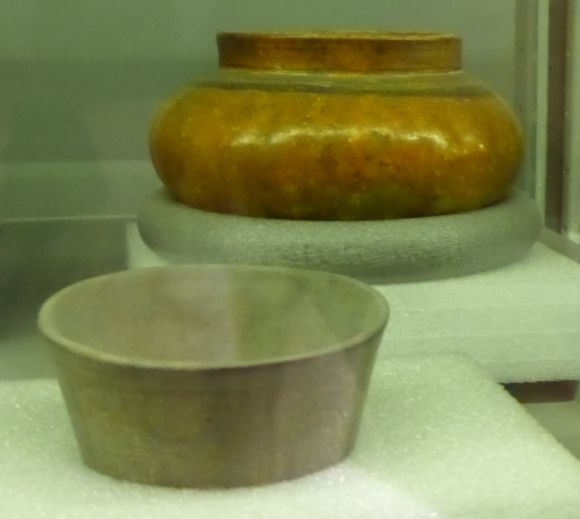
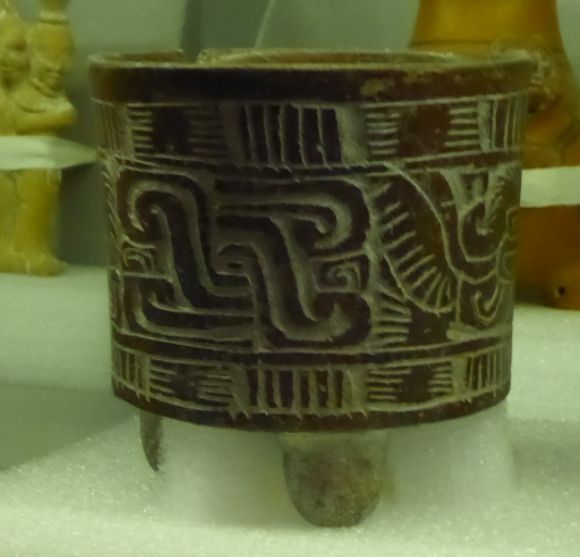
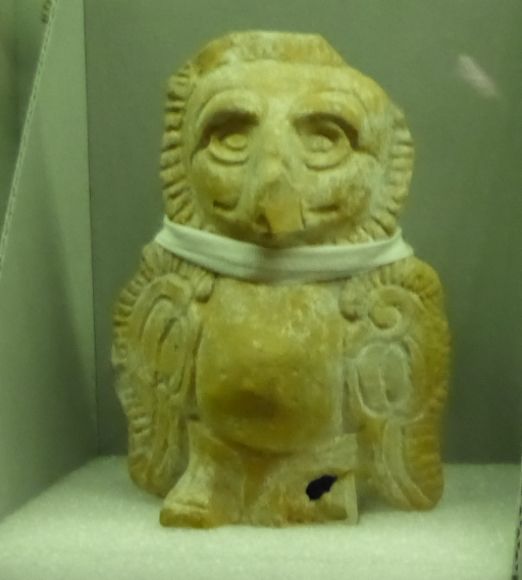
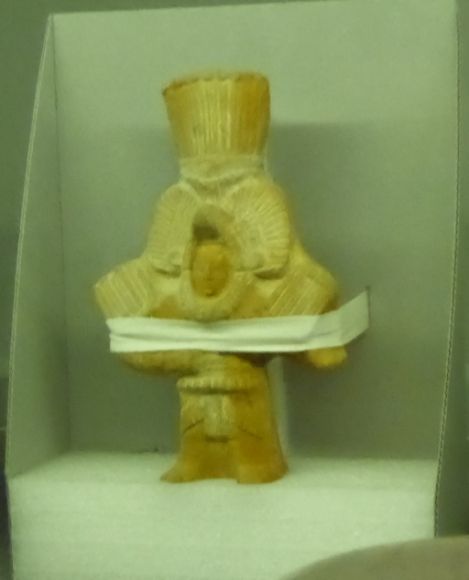
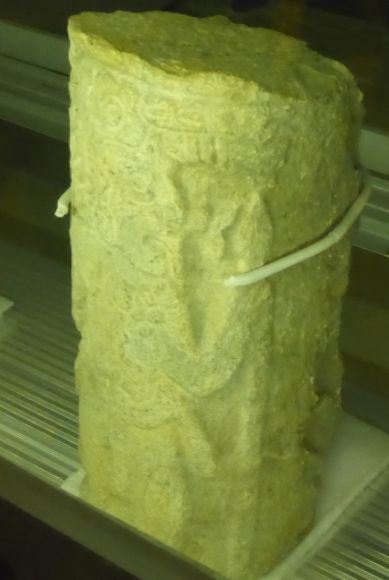
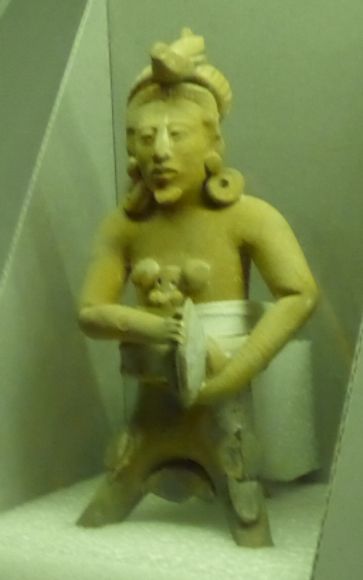
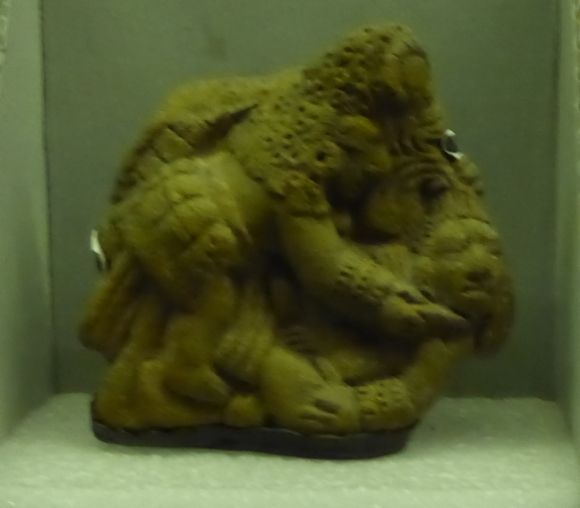
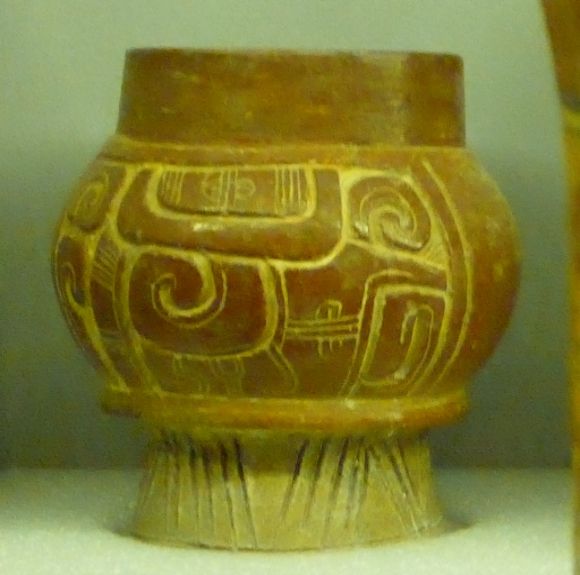
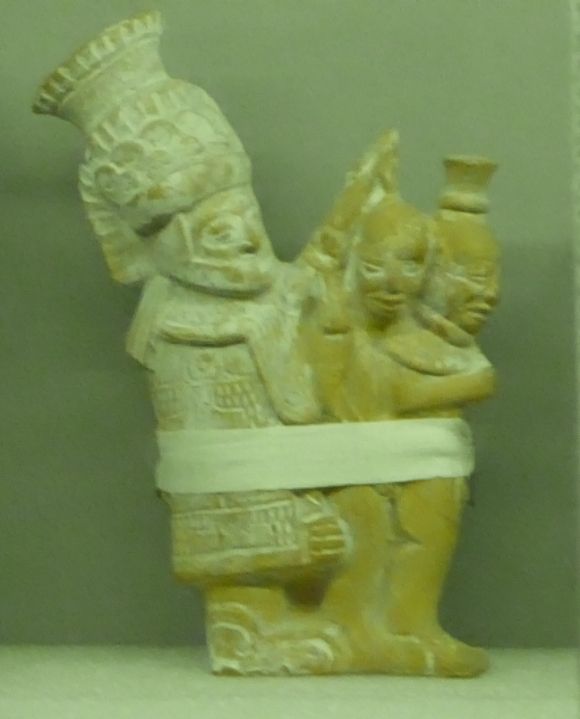
Ancient America
The Americas have a history that begins long before the European invasion. More about Mesoamerica from this series:
Ancient America: Tlatilco, an Ancient Site in the Valley of Mexico
Ancient America: Aztec and Other Mexican Artifacts (Photo Diary)
Ancient America: Artifacts from Western Mexico (Photo Diary)
Ancient America: Some Central American Artifacts in the Visible Vault (Photo Diary)
Ancient Mexico: Veracruz


